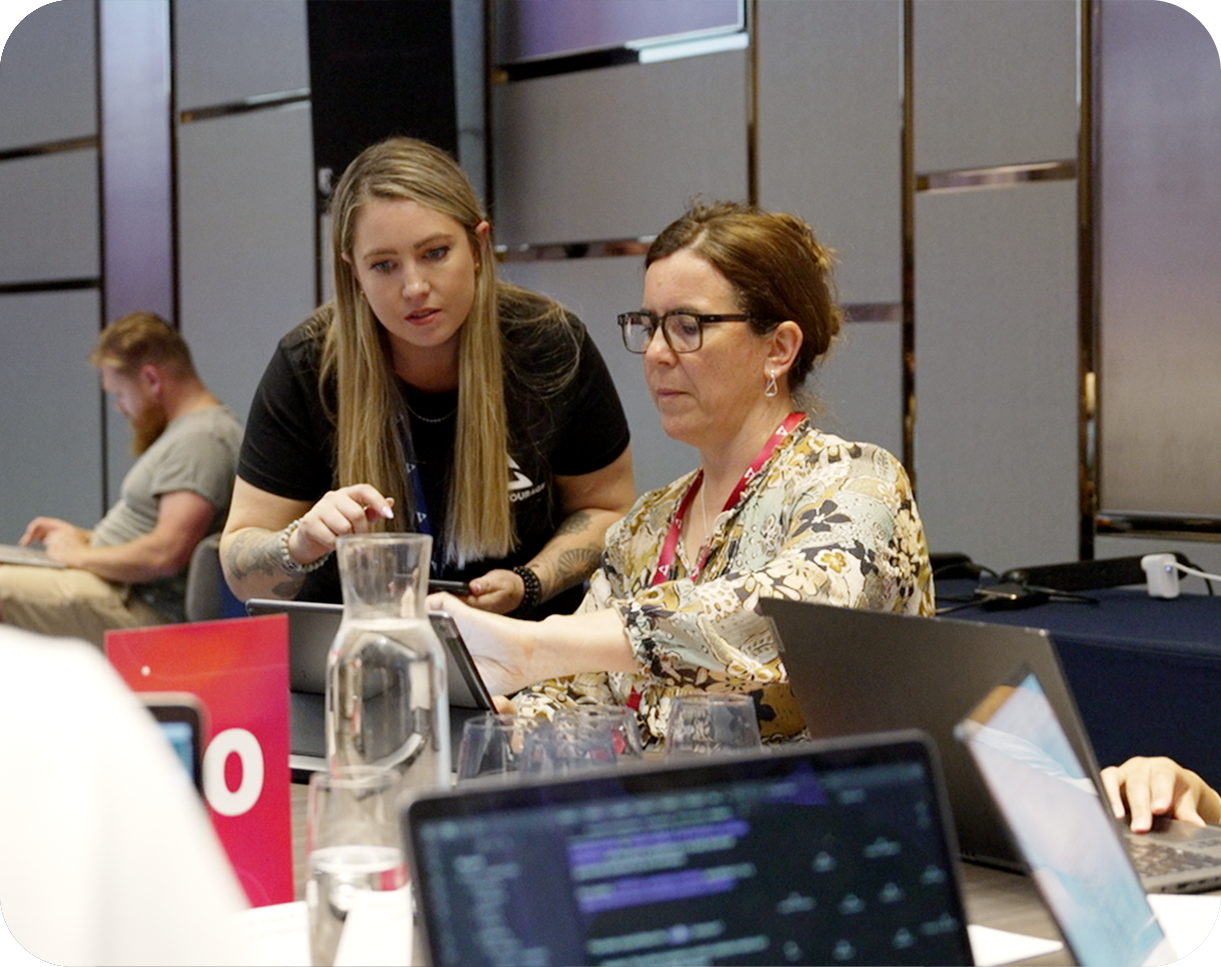Choosing the proper workspace can significantly impact your productivity and overall work satisfaction. With the rise of coworking spaces, professionals and business owners face the dilemma of whether to stick with a traditional office or embrace this new, flexible option. Both coworking spaces and traditional offices have their unique advantages and drawbacks. In this post, we'll explore the key differences between these two workspace models, focusing on cost, flexibility, networking opportunities, and the work environment. You'll better understand which option best suits your needs in the end.
Cost Comparison
Cost is one of the most significant factors in deciding between a coworking space and a traditional office. Traditional offices often require a substantial upfront investment, including long-term lease commitments, furniture, equipment, and utilities. These costs can quickly increase, particularly for startups or small businesses with limited budgets.
In contrast, coworking spaces operate on a subscription model, where you pay a monthly fee that typically includes access to office amenities, utilities, and shared resources. This option can be more affordable, especially for freelancers, small teams, or startups looking to minimise overhead costs. Additionally, the flexibility of coworking spaces means that you can easily adjust your membership level as your business needs change, avoiding the financial strain of a long-term lease.
However, while coworking spaces offer financial flexibility, it's important to note that they can become costly over time, especially if you require more private spaces or additional services. Traditional offices, on the other hand, allow for more predictable, fixed costs, albeit with higher initial expenses.
Flexibility and Scalability
When it comes to flexibility, coworking spaces are hard to beat. They offer various membership options, from daily passes to monthly subscriptions, allowing you to choose a plan that best suits your needs. This flexibility also extends to the physical space. Whether you need a single desk, a small office, or a conference room, coworking spaces can accommodate these requirements on a short-term basis.
Scalability is another area where coworking spaces excel. As your business grows, you can easily upgrade to a larger space or add more desks without the hassle of moving to a new location. This is particularly advantageous for startups and growing businesses that need to adapt quickly to changing circumstances.
Traditional offices, in contrast, are typically bound by fixed leases, often spanning several years. This lack of flexibility can be a disadvantage if your business needs change, such as downsizing or expanding. Moving to a new office can be costly and time-consuming, making traditional offices less suitable for companies that require agility.
Networking and Community
One of the most appealing aspects of coworking spaces is the built-in networking opportunities. These spaces are designed to foster collaboration and community among their members. You’ll find yourself working alongside professionals from various industries, which can lead to valuable connections, partnerships, and even new business opportunities.
Coworking spaces often host events, workshops, and social gatherings, further enhancing the sense of community and providing opportunities for professional growth. For freelancers and remote workers who might otherwise feel isolated, the social aspect of coworking can be a significant benefit.
In contrast, traditional offices often lack this communal aspect. While they can offer a more private and controlled environment, the opportunity for spontaneous networking and collaboration is limited. In a traditional office, isolation can be more pronounced, especially for smaller teams or solo entrepreneurs.
Work Environment and Culture
The work environment and office culture can profoundly impact employee satisfaction and productivity. Traditional offices offer a level of control and customization that coworking spaces typically do not. You can design your office layout, choose the furniture, and create a work environment that reflects your company's culture and values. This can be particularly important for businesses that want to cultivate a specific brand image or office atmosphere.
On the other hand, coworking spaces provide a vibrant, dynamic environment that can inspire creativity and innovation. The shared nature of these spaces means you’ll be surrounded by a diverse group of professionals, which can lead to new ideas and perspectives. However, this shared environment also means less control over your surroundings. Noise levels, the behaviour of other members, and the overall atmosphere may vary, which could be distracting for some people.
Another consideration is the impact of office culture on employee satisfaction. In a traditional office, the company itself largely shapes the culture, allowing for a more cohesive team environment. Coworking spaces, however, have a more eclectic mix of cultures and working styles, which can be both stimulating and challenging, depending on your team’s dynamics.
Productivity and Work-Life Balance
The structure and routine of a traditional office can provide a stable environment that promotes productivity. Employees have set hours, a consistent workspace, and fewer external distractions, which can help maintain focus and discipline. However, the rigidity of traditional office life can also lead to burnout and a poor work-life balance, particularly in high-pressure industries.
Coworking spaces offer an alternative that can support a better work-life balance with flexible hours and diverse work environments. Many coworking spaces provide amenities such as fitness centres, relaxation areas, and even on-site childcare, making balancing personal and professional responsibilities easier. The variety in the environment—working from a quiet corner one day and a lively open space the next—can also prevent monotony and keep you motivated.
However, coworking spaces are not without their challenges. Their open, communal nature can lead to distractions, and without a set routine, it can be easy to blur the lines between work and personal time. Successfully navigating a coworking space requires discipline and managing potential distractions.
Conclusion
Both coworking spaces and traditional offices offer unique advantages depending on your business needs. Coworking spaces provide cost efficiency, flexibility, and vibrant networking opportunities, making them ideal for startups, freelancers, and growing businesses. While more expensive and less flexible, traditional offices offer control, privacy, and a consistent work environment, which may be preferable for more established companies with specific branding needs.
Ultimately, the best choice depends on your work style, company culture, and long-term goals. Whether you thrive in a traditional office's structured environment or a coworking space's dynamic atmosphere, understanding these fundamental differences will help you make an informed decision that aligns with your business objectives.
Related Categories
Ryan Terrey
As Director of Marketing at The Entourage, Ryan Terrey is primarily focused on driving growth for companies through lead generation strategies. With a strong background in SEO/SEM, PPC and CRO from working in Sympli and InfoTrack, Ryan not only helps The Entourage brand grow and reach our target audience through campaigns that are creative, insightful and analytically driven, but also that of our 6, 7 and 8 figure members' audiences too.





